Zoning laws, the legalese that dictates how land can be used in various parts of a city, can often seem like bureaucratic red tape. However, when crafted thoughtfully, these regulations serve as a blueprint for urban development and can significantly enhance the quality of life for a city’s residents.
The Role of Zoning in Urban Planning
Zoning laws provide a structural framework for city growth. They determine where homes can be built, where businesses can operate, and where industry can flourish, ensuring a balanced development. These laws help prevent conflicts between different land uses, such as keeping industrial areas away from residential neighborhoods.
- Segregation of land use for enhanced living conditions
- Prevention of incompatible land use combinations
- Direction of city growth in a planned manner
Enhancing Public Safety
The strategic zoning of land use contributes to public safety. Residential zoning, for instance, requires the provision of adequate space between buildings, reducing fire hazards.
Additionally, industrial zoning often includes buffer zones, which protect residents from noise, pollutants, and potential accidents.
- Fire safety through regulated spacing between structures
- Buffer zones to shield residents from industrial hazards
- Controlled density to mitigate overpopulation risks
Preserving City Character
Zoning helps preserve the character and heritage of different parts of the city. Historical zones protect landmarks and maintain the cultural fabric, while residential zones ensure that neighborhoods retain their intended feel and design.
- Protection of historical areas and landmarks
- Maintenance of neighborhood aesthetics
- Control over urban sprawl to preserve city identity
Economic Advantages
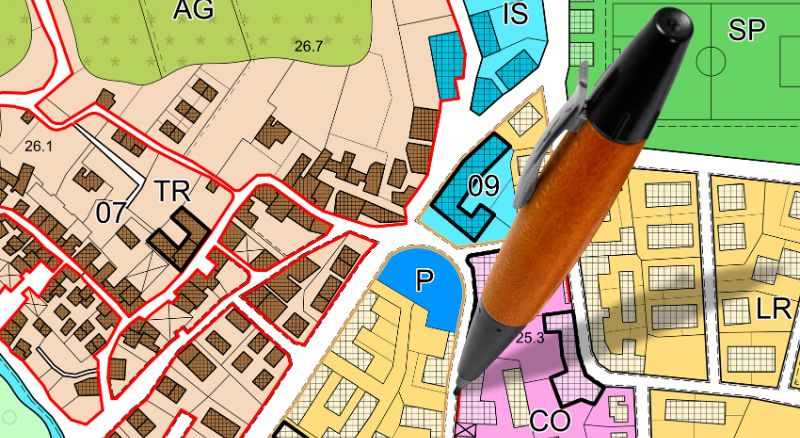
Zoning can stimulate local economies by designating commercial zones that attract businesses and consumers. By concentrating commercial activities in designated areas, cities can create dynamic business environments that boost employment and economic growth.
- Creation of commercial hubs for business growth
- Increase in local employment opportunities
- Boost to the local economy through centralized commerce
Protecting Property Values
By separating incompatible land uses, zoning laws can protect residential property values. Residents have the assurance that a factory or a high-traffic business will not suddenly appear next to their homes, which could lower their property’s worth.
- Safeguarding against unexpected nearby developments
- Stability in residential property values
- Assurance of neighborhood consistency
Encouraging Sustainable Development
Zoning laws can encourage sustainable development by incentivizing or mandating green spaces and environmentally friendly practices. This not only has economic benefits by potentially lowering city costs in terms of waste management and energy use but also contributes to a healthier environment for residents.
- Incentives for green space incorporation
- Mandates for environmentally sustainable building practices
- Long-term economic benefits from reduced environmental strain
Social Implications
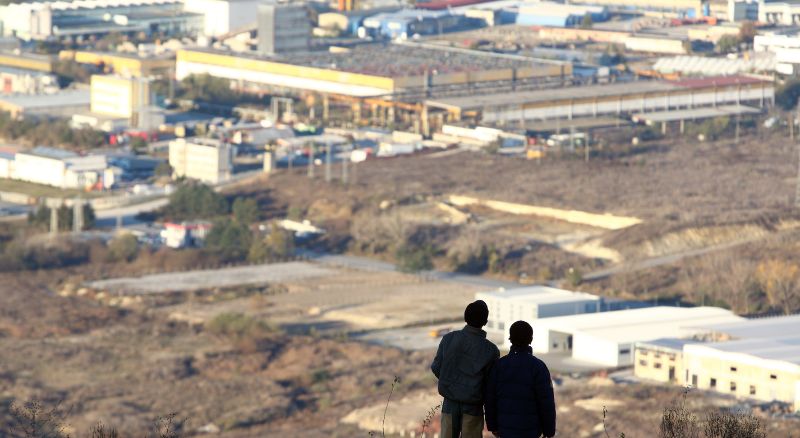
Zoning that designates areas for parks, playgrounds, and community centers encourages social interactions among residents. These social spaces can become the heart of the community, fostering a sense of belonging and collective identity.
- Provision of communal spaces for interaction
- Encouragement of a strong community bond
- Enhancement of residents’ sense of belonging
Addressing Affordable Housing
Zoning laws can address the need for affordable housing by allocating zones where higher-density housing and mixed-use developments are allowed. This can lead to a greater variety of housing options at different price points, making cities more accessible to a wider range of people.
- Allocation of zones for higher-density housing
- Creation of diverse housing options
- Making the city accessible to a broader demographic
Ensuring Equitable Development
Equitable development is facilitated by zoning laws that prevent the concentration of undesirable land uses in less affluent areas. This can help balance the spread of amenities and services across a city, giving all residents access to the benefits of urban development.
- Prevention of land-use concentration in underprivileged areas
- Balanced distribution of amenities and services
- Equity in the benefits of urban development
Laws and Environmental Preservation
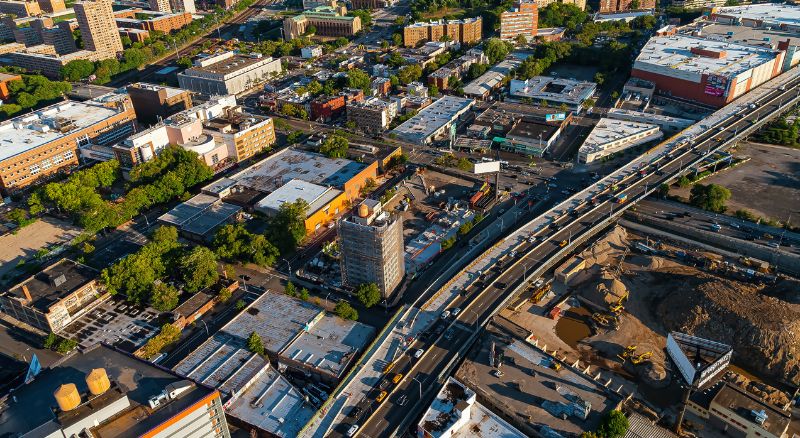
Zoning can be instrumental in promoting urban green spaces, which contribute to environmental preservation and provide residents with recreational areas. These zones act as urban lungs, offering a respite from the concrete jungle and improving overall air quality.
- Designation of land for parks and green spaces
- Contribution to urban biodiversity
- Improvement of air quality and environmental health
Controlling Urban Sprawl
By controlling urban sprawl, zoning helps preserve natural habitats and farmlands surrounding the city. This not only maintains biodiversity but also ensures that city expansion happens in a more sustainable and resource-efficient manner.
- Preservation of natural habitats and farmlands
- Containment of the city’s ecological footprint
- Sustainable management of city expansion
Reducing Carbon Footprint
Through zoning for mixed-use developments and pedestrian-friendly areas, cities can reduce reliance on vehicles, subsequently lowering the carbon footprint. Encouraging public transportation use and bike-friendly zones also contributes to a cleaner environment.
- Mixed-use developments to reduce vehicular dependence
- Pedestrian-friendly areas to encourage walking
- Support for public transportation and cycling
Addressing the Challenges
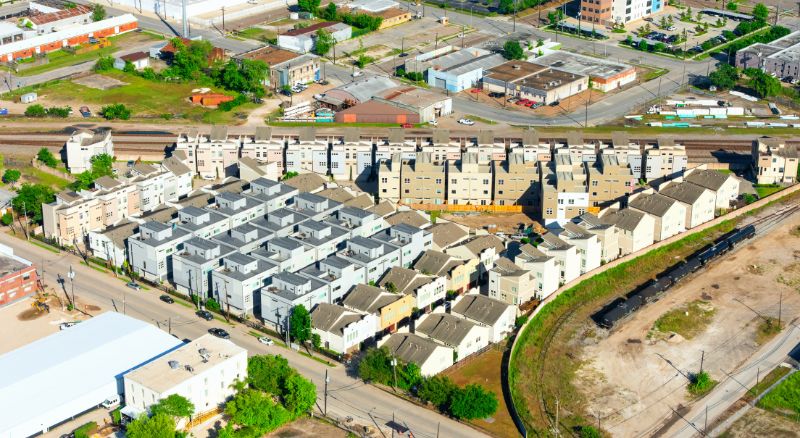
Balancing the interests of different stakeholders—residents, businesses, developers—is a significant challenge in zoning. Cities must navigate these interests to ensure that zoning benefits the greater good without stifling economic development or disregarding residents’ needs.
- Navigation of stakeholder interests in zoning decisions
- Ensuring benefits align with the common good
- Harmonization of economic growth with residential priorities
Overcoming Legal and Political Hurdles
Zoning laws often face legal challenges and political pushback, particularly when they propose significant changes. A transparent process, with ample opportunity for public input, can mitigate some of these challenges.
- Navigating legal complexities in zoning law changes
- Managing political opposition to zoning proposals
- Importance of transparency and public involvement
Adapting to Changing Needs
As cities evolve, so must their zoning laws. Adapting to changes in population, climate, and technology requires a dynamic approach to zoning, one that can accommodate the shifting needs of a city while still providing the benefits discussed earlier.
- Responsiveness to population and climate changes
- Incorporation of technological advancements in zoning
- Dynamic adjustment of zoning laws to current needs
Navigating for Future Cities
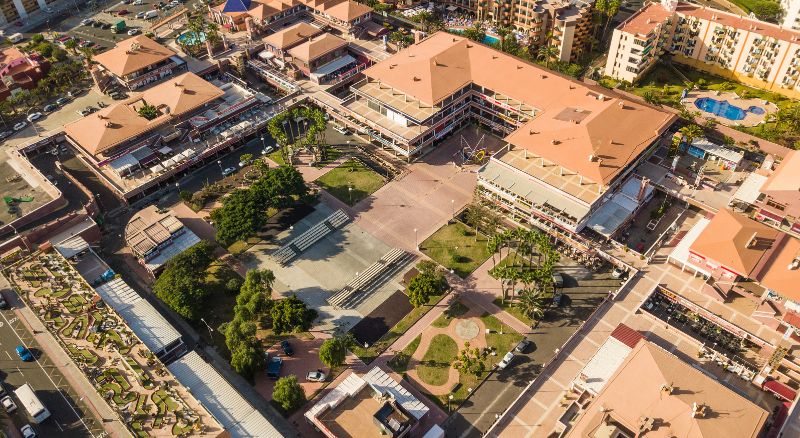
As we look ahead, it’s evident that the landscape of urban living is undergoing a rapid transformation. With changes driven by technological innovation, environmental concerns, and evolving social dynamics, the role of zoning becomes even more critical in shaping the cities of tomorrow.
Embracing Technological Innovations
Innovations in transportation, construction, and energy are redefining urban spaces. Zoning must keep pace, accommodating new infrastructure such as electric vehicle charging stations or drone delivery hubs. This calls for a proactive approach to regulation that anticipates future needs while managing present realities.
- Adaptation to new transportation technologies
- Integration of smart city infrastructure in zoning plans
- Proactive regulation that anticipates technological shifts
Planning for Climate Resilience
The threat of climate change makes resilience a priority for urban areas. Zoning can play a pivotal role in fortifying cities against extreme weather events and rising sea levels. Strategies like allocating zones for flood mitigation and green infrastructure can protect urban environments and their inhabitants.
- Allocation of zones for climate resilience measures
- Incorporation of green infrastructure into zoning plans
- Zoning as a tool for mitigating climate change impacts
Encouraging Innovative Housing Solutions
The future of housing lies in innovation, both in design and affordability. Zoning that allows for tiny homes, co-housing, and adaptive reuse can meet the demands of a growing population and the need for more sustainable living arrangements.
- Support for alternative housing models through zoning
- Zoning flexibility to enable affordable housing solutions
- Adaptive reuse of buildings as a sustainable option
Leveraging for Public Health and Wellbeing
Zoning has profound implications for the public health and overall well-being of city residents. By influencing the built environment, zoning can promote lifestyles that are conducive to physical and mental health.
Promoting Active Lifestyles
Designating zones for mixed-use development encourages walkability, reducing dependency on cars and promoting exercise. Zoning can also ensure access to recreational facilities and open spaces, making physical activity a convenient part of daily life.
- Mixed-use development to promote walking and cycling
- Access to recreational facilities through thoughtful zoning
- Zoning for open spaces to facilitate physical activity
Addressing Urban Stressors
The urban environment can be a source of stress, with noise, pollution, and congestion taking a toll. Through strategic zoning, cities can mitigate these stressors by creating quiet zones, green belts, and areas for relaxation and socialization, contributing to mental wellbeing.
- Creation of quiet zones to reduce noise pollution
- Green belts and buffer zones to alleviate urban stress
- Areas for relaxation to enhance mental wellbeing
Strengthening Zoning with Community Engagement
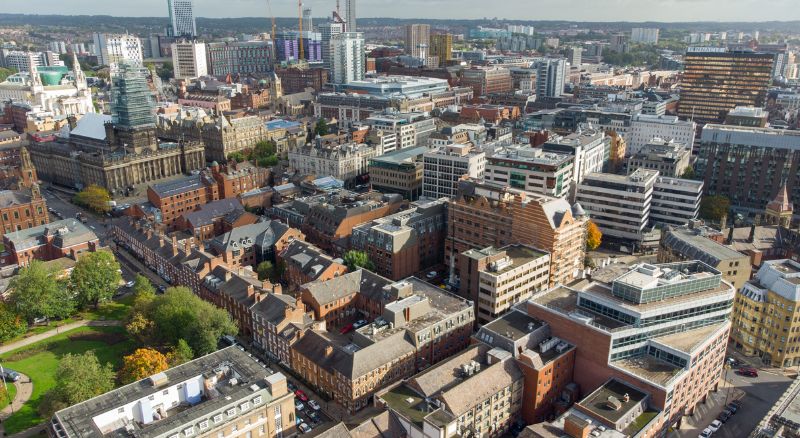
The success of zoning initiatives is often tied to the level of community engagement. Involving residents in the zoning process ensures that the regulations in place reflect the community’s needs and desires, leading to more successful and accepted outcomes.
Ensuring Transparency and Participation
Transparent zoning processes that actively seek resident participation can lead to more equitable and effective zoning laws. Community meetings, forums, and digital platforms for feedback allow for a diverse range of voices to be heard and considered in the decision-making process.
- Community meetings for direct resident input
- Digital platforms to facilitate wider participation
- Transparency in the zoning process to build trust and support
Collaborating for Innovative Solutions
Collaboration between city planners, residents, developers, and businesses can yield innovative zoning solutions that address complex urban challenges. This collaborative approach can harness the collective expertise and creativity of the community to create more robust zoning laws.
- Multi-stakeholder collaboration in zoning decisions
- Harnessing collective expertise for innovative zoning solutions
- Creative approaches to urban challenges through joint efforts
FAQs
Can zoning laws help in reducing the heat island effect in cities?
Yes, they can combat the urban heat island effect by mandating green roofs, increasing the number of parks and green spaces, and regulating building materials to reflect, rather than absorb, heat.
These measures can help lower urban temperatures and improve overall city climates.
How do zoning laws intersect with public transportation planning?
They are integral to public transportation planning as they can designate areas for transit-oriented development (TOD), which encourages higher-density living near transit stations to maximize access and reduce reliance on private vehicles.
Zoning can also set aside land for the development of future transit routes and infrastructure, ensuring that public transportation remains a central part of urban growth.
Is there a role for zoning in preserving affordable housing in gentrifying neighborhoods?
It can play a protective role in gentrifying areas by implementing inclusionary zoning policies, which require or encourage the development of a certain percentage of affordable housing units in new or rehabilitated housing projects.
Additionally, zoning can limit the conversion of existing affordable housing into higher-cost housing options.
How can zoning support local food systems and urban agriculture?
It can bolster local food systems by allocating areas for urban agriculture, such as community gardens, rooftop farms, and city-supported agricultural spaces.
This not only promotes local food production but also provides community benefits and can enhance local food security.
Can zoning laws be tailored to support the needs of an aging population?
Absolutely, it can be adapted to create ‘age-friendly’ zones that support the needs of older adults, featuring accessible housing, health services, and recreational areas, all within close proximity.
These zones can promote safer walkways, adequate lighting, and benches, making urban areas more livable for the elderly.
How do zoning regulations impact the implementation of renewable energy sources in a city?
These regulations can either hinder or facilitate the implementation of renewable energy sources. By creating zones where solar panels, wind turbines, and other renewable energy installations are permitted or even incentivized, cities can promote cleaner energy usage.
Conversely, restrictive zoning can limit where and how these technologies are deployed, slowing down the transition to renewable energy sources.
Final Words
Zoning laws are not just static rules but dynamic tools that can significantly enhance a city’s livability. They create orderly development, protect residents, stimulate economies, and ensure social and environmental benefits.
The challenge for cities lies in crafting zoning regulations that are flexible enough to adapt to change while firm enough to provide a reliable framework for the future. With careful planning and inclusive dialogue, zoning can indeed be a powerful instrument in shaping cities that are equitable, sustainable, and prosperous for all residents.






